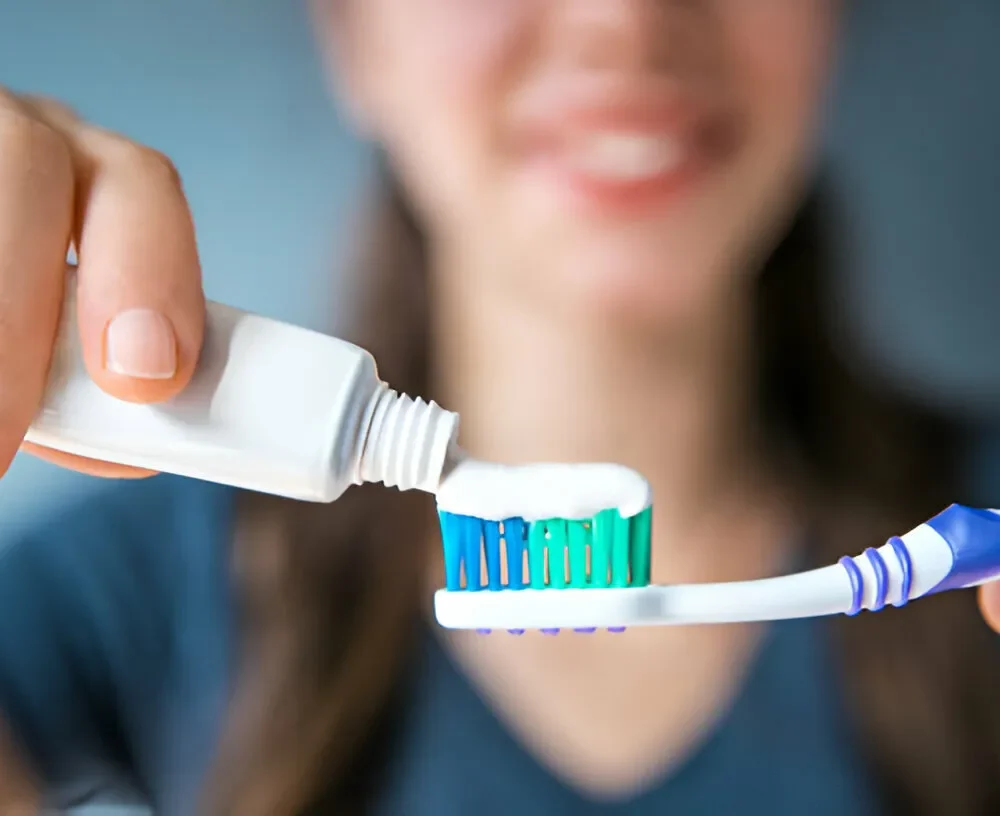
Toothpaste is a staple in daily hygiene routines, crucial in maintaining oral health. However, not everyone is aware of what goes into this everyday item. This exploration into toothpaste ingredients isn’t just about identifying what’s used to clean teeth but also about understanding how these components affect dental health and why choosing the right products matters.
However, if you’re seeking expert dental care and guidance in choosing the right toothpaste, it’s vital to consult professionals or visit some reputable websites. This way, you can understand the ingredients in your toothpaste that can help you make better choices for your teeth and gums.
But apart from that, below are the toothpaste ingredients you want to explore for your dental health.
Key Ingredients in Toothpaste
Toothpaste contains a variety of key ingredients, each with a specific purpose. Below are the most crucial ingredients in toothpaste and their roles in oral hygiene:
#1. Fluoride: The Cavity Fighter
The most critical ingredient in toothpaste is fluoride. This mineral is renowned for strengthening tooth enamel and preventing decay. Fluoride actively fights cavities by remineralizing enamel and making it resistant to the acids produced by bacterial plaque.
#2. Abrasives: Scrubbing Agents
Abrasives are materials that help remove food particles and stains from the teeth. Commonly used abrasives include calcium carbonate, hydrated silica, and dicalcium phosphate. While effective, it’s important that the abrasive is not too harsh to avoid damaging enamel and dentin.
#3. Surfactants: Foaming Agents
Sodium lauryl sulfate (SLS) is the most common surfactant found in toothpaste. It creates foam, which helps lift food particles and plaque from teeth and gums. However, some people may find SLS irritating, leading to canker sores or mouth ulcers in sensitive individuals.
Specialty Ingredients for Additional Benefits
Toothpaste often includes specialty ingredients that offer additional benefits beyond basic cleaning. These components target specific dental issues such as sensitivity, gum health, and bacterial control. Some specialty ingredients include:
#1. Antimicrobial Agents
To further protect against bacteria, some toothpastes include antimicrobial agents like triclosan or zinc citrate. These substances help reduce the amount of bacterial plaque, decreasing the risk of gum disease.
#2. Desensitizing Ingredients
If you have sensitive teeth, ingredients like potassium nitrate or strontium chloride can be life-changing. These compounds block the pathways through which pain signals travel inside the tooth, relieving discomfort from temperature changes or acidic foods.
#3. Natural Extracts
Increasingly, manufacturers are incorporating natural extracts such as aloe vera, echinacea, and neem into their formulations. These ingredients are chosen for their natural anti-inflammatory and antibacterial properties, which can help soothe gums and reduce plaque.
Considerations for Choosing the Right Toothpaste
Selecting the right toothpaste is crucial for effective oral care. Various types cater to dental needs, from whitening and tartar control to sensitivity relief. The following are some key considerations to keep in mind when choosing a toothpaste:
#1. Tartar Control
Tartar control toothpaste is specifically formulated to prevent plaque from hardening into tartar, a major contributor to gum disease and decay. Ingredients like pyrophosphates or zinc compounds are commonly used for their efficacy in tartar prevention. However, these chemicals can sometimes lead to side effects such as dental sensitivity or gum irritation. It’s essential to monitor adverse reactions and consult a dental professional if symptoms persist.
#2. Whitening Toothpastes
Whitening toothpastes are designed to tackle surface stains on teeth, utilizing higher concentrations of abrasives and bleaching agents like hydrogen peroxide. These ingredients break down and remove stains caused by foods, drinks, and smoking, leading to a brighter smile. However, the aggressive nature of these compounds can wear down enamel over time, so it’s advisable to use these toothpaste judiciously and consider the long-term health of your teeth when choosing such products.
#3. Flavorings and Sweeteners
Sweeteners and Flavorings are crucial for making toothpaste appealing. Flavorings like peppermint, spearmint, and cinnamon enhance the brushing experience. Sweeteners, particularly xylitol and sorbitol, improve taste without contributing to tooth decay, offering a sweet flavor that doesn’t harm dental health. These ingredients can make toothpaste more enjoyable to use and also encourage consistent brushing habits, especially among children and those opposed to the taste of traditional toothpaste.
The Impact of Toothpaste on Oral Health
Choosing the right toothpaste is essential for maintaining optimal oral health. Toothpaste can help mechanically remove plaque and bacteria and provide active ingredients to prevent dental issues. Regularly using the correct type of toothpaste and other dental hygiene practices can significantly reduce the risk of dental diseases.
Conclusion
Understanding what’s in your toothpaste can help you make informed decisions beyond whitening or flavor. Each ingredient serves a purpose, from preventing cavities and gum disease to enhancing the cleaning process and oral health. With the information mentioned above in mind, selecting one that meets your specific oral health needs is crucial.

Beth is Cloudmineinc’s senior health editor and a certified personal trainer. She has over 10 years experience as a science journalist and is the author of two books. She deadlifts over 315 lbs.